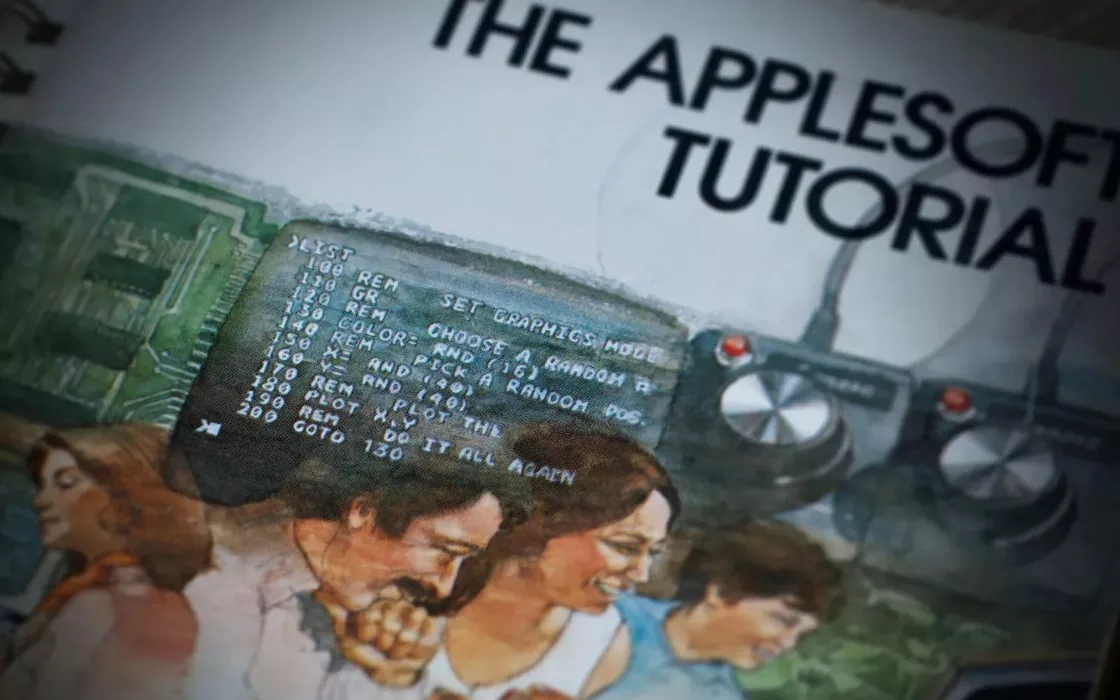It was May 1, 1964 when, at 4 am, mathematicians John G. Kemeny and Thomas E. Kurtz (Dartmouth College, Hanover, USA) successfully executed the first program written in the programming language they developed. He was called BASIC (Beginner’s All-Purpose Symbolic Instruction Code) and had the objective of simplifying programming activities.
Before computers became small, cheap and “personal”, providing the machine with tasks involved a series of steps on the hardware and even the use of punched cards. Over time, engineers began to find innovative approaches to abstract the operations of programming at a low level, providing much friendlier interfaces.
Before BASIC, languages like Fortran, Algol, and COBOL were complex and abstruse except for a handful of professionals. Kemeny and Kurtz saw the need to use a simpler and more immediate scheme: after two unsuccessful experiments, 1964 marked the birth of BASIC, which had the merit of truly breaking with the past.
What is BASIC and what are its merits
Kemeny and Kurtz could not have known it at the time but their work would indeed contribute to democratize software developmentinspiring generations of programmers over the following decades.
In its most traditional form, BASIC is an interpreted programming language whose instructions are executed line by line, one after the other. Each row is also marked with a unique number. Here is an example of a program that prints a request on the screen, asks for data to be entered and shows a output:
10 PRINT "INSERISCI IL TUO NOME" 20 INPUT N$ 30 PRINT "CIAO, ";N$
The syntax of BASIC was very simple: it used simple English keywords. Furthermore, the programmer could introduce jump instructionscome GOTO (followed by the destination line number), which allowed you to manage the processing flow.
Sixty years ago, the two mathematicians used the mainframe General Electric GE-225 from college to conduct their first experiments with the BASIC language. Thanks to the operating system initially developed for General Electric, educational institutions and interested parties were able to connect, within the USA, with various mainframe computers and begin to experiment advantages del BASIC.
BASIC spreads to personal computers
At the time computers were not yet “personal” but in 1975 Paul Allen and Bill Gates adopted the BASIC language in one of the first microcomputers in the history of computing: theAltair 8800. We talk about it in the article dedicated to the release of MS-DOS 4.0 as open source software. It can be said that the founding of Microsoft it’s rooted right in BASIC.
In 1976, Steve Wozniak developed a BASIC interpreter for the system from scratch Apple I, with a self-taught approach and minimal commitment in terms of resources. The work done by Wozniak has become theInteger BASIC per Apple IIand the language (known in this case as Applesoft BASIC) remained a fundamental part of Apple’s computer.
Throughout the late 1970s and early 1980s, BASIC continued to play a prominent role as a programming tool on various operating systems as well as the more popular “home computer” such as the Atari 800, the TRS-80, the Commodore VIC-20, the Commodore 64, the TI-99/4A, the BBC Micro and the IBM PC. Here it was pre-installed in the ROM or was provided as an easily accessible programming environment.
Far from being a retro language: BASIC still lives today
Although the first implementations of BASIC are now a “computer museum”, the language has continued to evolve without ever rejecting the idea that led to its birth.
After Microsoft’s GW-BASIC and QuickBasic, other BASIC descendants such as Microsoft Small Basic, Visual Basic for Applications (VBA) and Visual Basic they are still in use.
Although officially retired as of June 2024, VBA it remained for decades (and still remains today) a point of reference for scripting and automation in Microsoft applications Office. Visual Basic, on the other hand, born in 1991, has become a popular choice for Windows application development. The same historic IDE (integrated development environment) of the Redmond company, Visual Studio, integrates the possibility of creating Visual Basic applications; Visual Studio Code directly supports the code; Windows integrates a tool for developing .NET programs with Visual Basic without installing Visual Studio.
Today, most programming languages use different types of structural paradigms (such as function and object-oriented programming).
Object-oriented programming and functions
The transition from BASIC to object-oriented programming and functions represents a significant turning point in the history of computing. While BASIC has played a fundamental role in enabling many people to approach programming, the evolution of software and the needs of programmers has led to a transition towards more advanced and structured approaches compared to writing code.
Object-Oriented Programming (OOP) is one of the most influential paradigms that has evolved over time. Rather than focusing on linear control flow and distinct procedures, OOP organizes code around “objects,” which they represent entity con attributes e behaviors specific. This approach allows for greater modularity, code reuse, and concept abstraction, making it easier to manage and maintain large-scale software.
The functions, later introduced in the “BASIC philosophy”, allow you to divide the code into smaller and more manageable units, each performing a specific task. This approach helps reduce software complexity and facilitates problem solving in a more logical and efficient manner.
One of the most beautiful phrases for those approaching programming
In the tutorial Applesoft, which took users by the hand and provided the first rudiments for programming in BASIC, reads a sentence that should always be kept in mind:
There is nothing you can do by typing at the keyboard that can do any damage to the computer. Unless you type with a hammer. So feel free to experiment. With your fingers.
That is to say: “There is nothing you can do typing on the keyboard that will harm your computer. Unless you write with a hammer. So feel free to experiment. With the fingers“.

